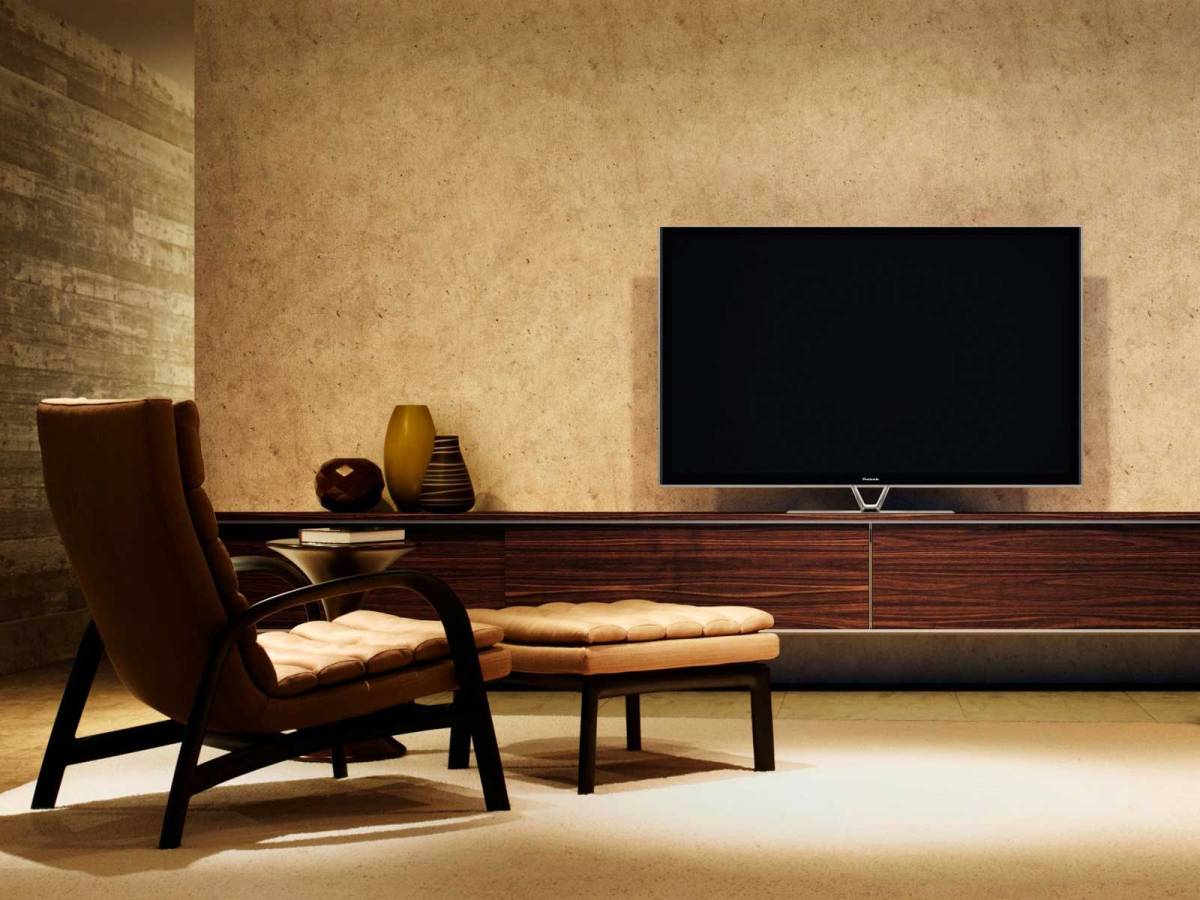Analysis
It is now official: Panasonic will cease production of plasma panels by the end of 2013. It will bring to end an incredible era in home entertainment, a period during which the flat panel TV came to be known as a ‘plasma’ regardless of its technology, much like how the Yanks call tissues ‘Kleenexes’ and the Brits ‘Hoover’ the floor.
The Japanese company has responded to the market, perhaps belatedly, and decided that the turn away from plasma technology, with its higher average sell price and perceived higher running costs, will not be corrected. The market still likes LCD, loves LED and is eagerly awaiting OLED — there’s rarely room for two competing technologies, let alone four.
According to the corporate speak emanating out of its Osaka HQ, Panasonic is ending plasma production “in order to create a business structure that can respond to changes in the business environment and to accelerate the growth strategy of the company”. For those that can’t speak this language, here is a translation:
‘We need to free up cash to make products people want to buy.’
What Panasonic achieved in plasma TV should never be forgotten in the rush to report the closure of these operations. It is rare that one vendor out of many consistently produces a substantially superior product — year after year, model after model.
Apple made the best smartphone for a while but now Samsung is challenging. Sunbeam ruled the roost with its manual machines and then Breville unveiled the Dual Boiler. Smeg and Miele and Siemens and ILVE and all the rest all think they make the best oven.
Panasonic made the best plasma TVs; it was without peer.
But the market moved against plasma TV. When Samsung released its LED TV in 2009 — a new species of TV, it said — any chance plasma had of recovery against the much more affordable LCD panels disappeared forever.
LED TVs, which are actually LCD TVs with an LED backlight, took off immediately and incredibly rapid price erosion meant this brand new, sexy technology was already more accessible than plasma. Panasonic wept.
What is interesting is that at the same time Panasonic announced the end of plasma production, it also celebrated consecutive profitable quarters — a marked change from some very poor results at the height of the GFC. For the first six months of the Japanese financial year, Panasonic has clocked up an operating profit of 146 billion yen (AUD $1.55 billion), up an incredible 68 per cent from the corresponding period last year.
The resurrection of lost revenues has been a slow and steady process for Panasonic Australia. Local managing director Steve Rust and his team have taken a deliberate, methodical approach to recouping these fading dollars in other markets.
The Business Systems Group has been strengthened with new Toughbooks and Tough tablets, air conditioners, refrigerators, washing machines and smalls have been introduced. Cooking appliances were exhibited at IFA in September but are not expected in 2014.
Speaking to local senior management reveals renewed excitement for the market. Panasonic is not Kodak, clinging on to obsolete technology, refusing to accept that it was marketing something the market had already rejected.
With the plasma blinkers off, Panasonic can now face consumers with a consistent message. No more will it have to say, ‘plasma is best but these LCD panels we make are also very good’. This will make it much easier to promote its Smart TV proposition and its Ultra HD credentials.
On that note, in America, Netflix has begun trialling Ultra HD content on its wildly popular video-on-demand service. Netflix is a true innovator in content creation and delivery, as evidenced by its production of the fourth season of cult comedy Arrested Development and David Fincher’s excellent series House of Cards.
“We want to be one of the big suppliers of 4K (Ultra HD) next year,” said Netflix CEO Reed Hastings, as reported by Gigaom.
Nothing will get consumers more excited about Ultra HD TVs than the ability to watch Ultra HD content.
It may be the end of plasma but it’s an exciting time to be in the TV business.

